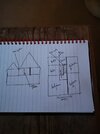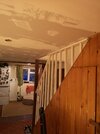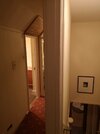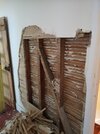Hi all,
Thinking of taking down a lath and plaster wall next to the staircase to allow more light in.
Should I get a structural engineer in to check?
Attached is some (very) rough plans of the house. There is no support under the offending wall but unsure if this will effect the wall under the box gutter.
Thanks in advance.
Thinking of taking down a lath and plaster wall next to the staircase to allow more light in.
Should I get a structural engineer in to check?
Attached is some (very) rough plans of the house. There is no support under the offending wall but unsure if this will effect the wall under the box gutter.
Thanks in advance.











